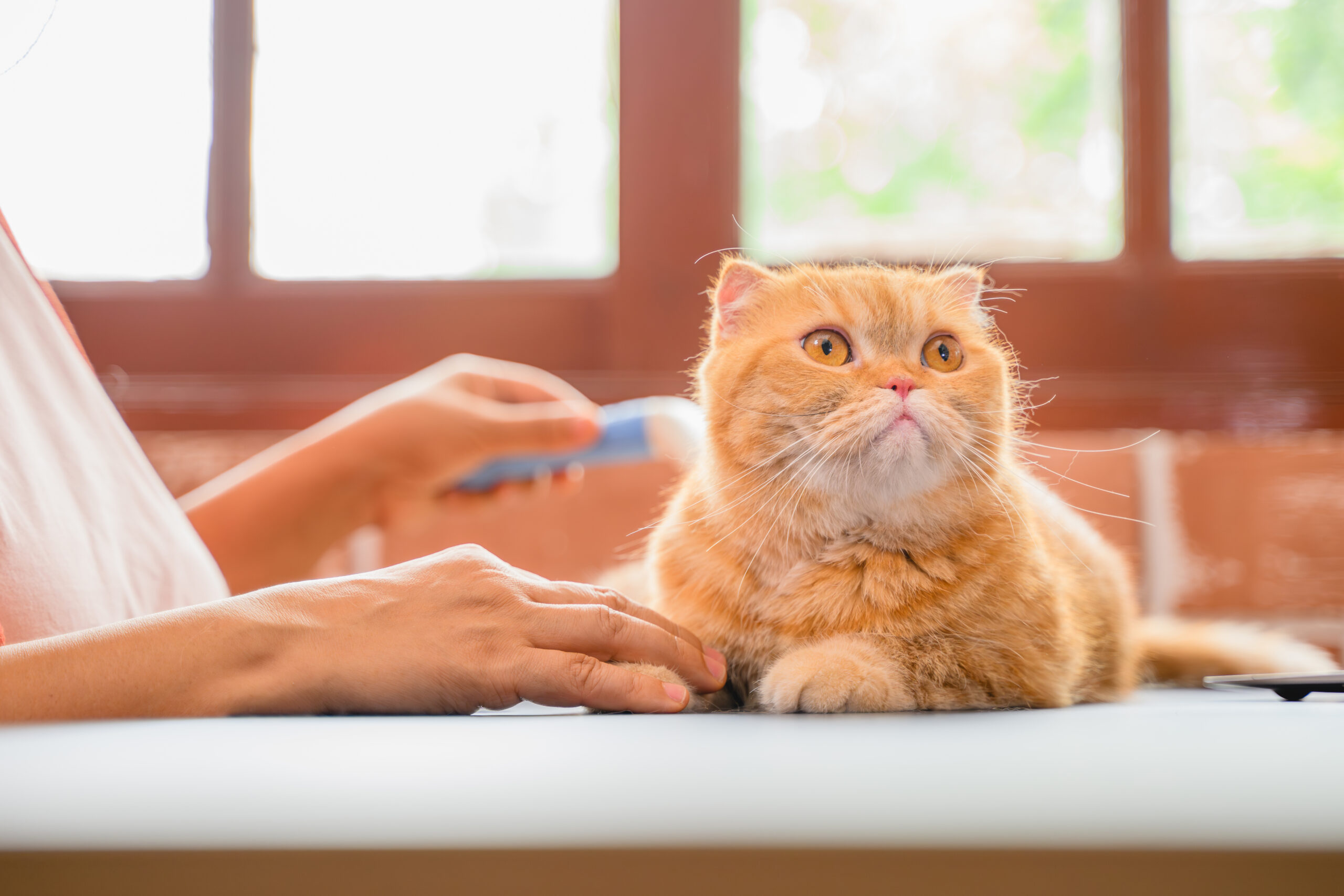Table of Content
Cats are notorious for their love of sleep. Those adorable curled-up figures basking in sunbeams or napping in cozy corners are a familiar sight in any cat owner’s home. But did you know that a pregnant cat’s sleeping habits can change significantly throughout her gestation period? Deciphering these changes can not only provide valuable insights into your feline friend’s well-being but also help you create a comfortable sleep environment that supports her during this special time.
Understanding Feline Sleep Patterns
Before diving into the fascinating world of pregnant cat slumber, let’s revisit some basic feline sleep patterns.
The Importance of Sleep for Cats
Sleep is just as crucial for cats as it is for humans. It allows their bodies to recharge, repair tissues, and consolidate memories. Adequate sleep also contributes to a healthy immune system and overall well-being.
Sleep Cycles in Cats: Deep Sleep vs. Active Sleep
Cats, unlike humans, have a polyphasic sleep pattern, meaning they take short naps throughout the day and night. These naps can range from brief periods of dozing with open eyes to deep sleep phases with relaxed muscles and slow breathing.
Preferred Sleeping Positions in Non-Pregnant Cats
Non-pregnant cats often favor positions that offer warmth, security, and a good view of their surroundings. Common positions include curling up in a ball, sprawling out on their sides, or napping on elevated surfaces like cat trees.
The Impact of Pregnancy on a Cat’s Sleep
Pregnancy brings about a multitude of changes in a cat’s body and behavior. These changes can significantly impact their sleep patterns.
Physical Changes and Discomfort
As the kittens develop, the mother cat’s abdomen will expand, putting pressure on her internal organs and potentially causing discomfort. This can make it difficult to find a comfortable sleeping position, leading to more frequent position changes and potentially shorter sleep durations.
Hormonal Shifts and Nesting Instincts
Pregnancy hormones can also play a role in sleep patterns. Increased progesterone levels can contribute to drowsiness, while nesting instincts may lead the cat to seek out more secluded and secure sleep spots.
A Shift in Slumber: How Sleeping Positions Change During Pregnancy
Now, let’s delve into the fascinating world of how a cat’s sleeping position changes as her pregnancy progresses:
Early Pregnancy (Weeks 1-4): Business As Usual?
During the early stages of pregnancy, your cat’s sleep patterns might not show significant changes. She may continue to favor her usual sleeping positions, although some cats might exhibit increased drowsiness due to hormonal shifts.
Mid-Pregnancy (Weeks 5-8): The Sprawling Stage
As the kittens grow and the abdomen begins to expand, your cat might find it increasingly difficult to curl up in a ball. This is where the “sprawling stage” comes in. You might observe her napping on her side with her legs extended, a position that allows for more space and alleviates pressure on her belly
Late Pregnancy (Weeks 9-Birth): Seeking Comfort and Security
In the final weeks of pregnancy, your cat’s sleep will likely be dominated by seeking comfort and security. She might favor nesting in small, enclosed spaces like boxes, drawers, or under furniture. This nesting behavior is driven by an instinct to create a safe
Creating a Sleep-Friendly Environment for Your Pregnant Cat
This section builds on the understanding of how a cat’s sleep changes during pregnancy. Take steps to ensure your cat gets the restful sleep she needs during this crucial time.
Providing Cozy Bedding Options
As your cat’s body changes, comfortable bedding becomes even more important. Choosing the right type of bed for a pregnant cat, ensuring it’s soft, supportive, and caters to her nesting instincts.
Ensuring Easy Access to Food and Water
As a pregnant cat’s energy needs increase, frequent access to food and water becomes essential. Strategically placing food and water bowls within easy reach of her preferred sleeping areas, minimizing disruptions during nighttime.
Minimizing Disruptions and Loud Noises
A good night’s sleep requires a peaceful environment. It minimizes disruptions and loud noises that could potentially disturb your cat’s sleep, especially during the later stages of pregnancy when she seeks more security.
Conclusion
This concluding section will summarize the key points of the article, reiterating the importance of sleep for a pregnant cat and emphasizing the ways you can support her sleep needs throughout her pregnancy.

